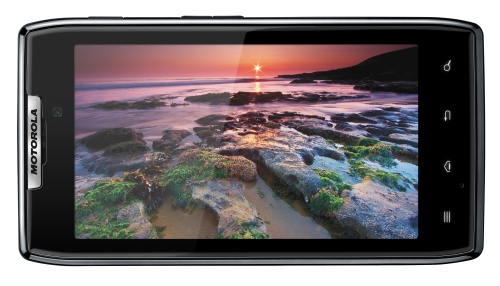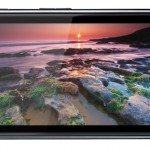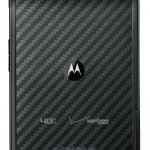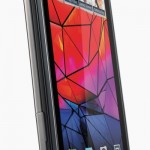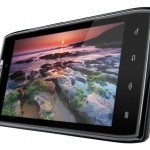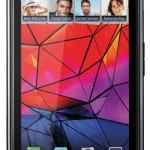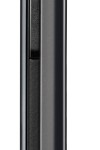The iconic Razr phone, which once propelled Motorola to number two phone maker but later almost doomed the company because it could not snap out of its success, is back now as an Android phone with the same slim lines and sex appeal.
Shipping in Singapore in early November, it is the thinnest smartphone now with a girth of just 7.1mm thick. Living up to its name, the new Razr revealed yesterday tries once again to win on design – there are unique laser-cut aluminium accents and Kevlar fibre coating, to name two features.
It also packs in the hardware as far as the latest is concerned. The 4.3-inch Super AMOLED screen will offer a bright display for reading in sunlight, a 1.2GHz dual-core processor helps out in the everyday chores like Web surfing and a handy 8-meg camera shoots high-def videos at 1080p.
All that gear should put the Razr on par with most rivals except the very top-end in the Android world, like the Galaxy Nexus or HTC Sensation XL. In Wired’s hands-on test, the reviewer rightly said that all that extra hardware comes at 14 grams lighter than Apple’s latest iPhone 4S, which has a much smaller screen despite weighing more.
The only thing which the Razr would not score top marks on is the Android 2.3.5 operating system it is using. Being launched on the same day as Samsung’s Galaxy Nexus, which sports all the new features on Google’s Android 4.0 system, the Razr could not have asked for a worse day to be shown off. The good news, according to Engadget, is that Motorola would roll out the latest software update by early 2012.
When we say Motorola here, of course, we mean Motorola Mobility, the portion of the original Motorola that was spun off in January 2011 to concentrate on handsets (the other portion makes network equipment).
Back in 2004, when Motorola showed off the original Razr, the ultra-thin clamshell model attracted everyone from fashionistas to geeks because of its nifty design, and in spite of the company’s infamously hard to use interface. It would be a phone to spin off many derivatives, and encourage Motorola executives to believe they could eclipse then-leader Nokia.
Yet, Motorola was so happy enjoying the success that it missed the next wave – 3G connectivity, music playback and later, touch screens – and would end up losing loads of market share to Apple, Samsung and LG, which were faster to the game. Only with the Droid/Milestone, which sported the Android OS in late 2009 and early 2010, did its fortunes change once again.
Now with the new Razr, Motorola clearly still has that bit of mojo when it comes to a sleek design. Add the right hardware this time and the highly popular Android system, and the company would expect the Razr to do well despite the tough competition this holiday season. For sure, it won’t want a repeat of history.
